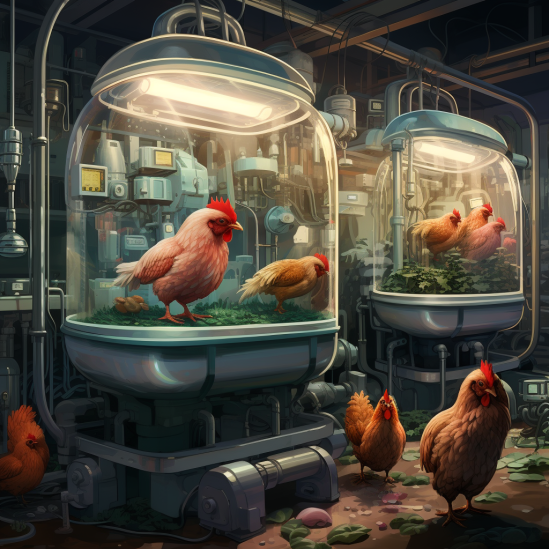Farms can exist almost anywhere: in forests, on the surface of the sea, stacked in a room under LEDs, and in a jug, or a jar.
When we think of a farm, we immediately have idyllic, bucolic visions – a vast swathe of green, grassy land and thriving vegetation, all of it glossy and glowing in the sun, swaying in the breeze, bursting with nutrition and flavour. We might even imagine some livestock, happy hens, ambling cows, other graminivores and ruminants.
Ask the OED what “farm” means, and we get this: “Now usually: an area of land used for agricultural purposes, such as growing crops, raising livestock, or producing animal products, for sale or for food; (in extended use) the agricultural business or enterprise operating on this land.”
The farms we write about in this series defy the farms of our imaginations. They don’t occupy “an area of land” in the traditional sense. They are designed for efficiency and sustainability, customised to their crops.
What does a microbe farm look like? Payal Shah who shepherds good bugs shows us through her work at Kobo Fermentery, that even our refrigerators and kitchen counters and dahi pots can be farmlands, teeming with bacteria that we should cherish for their tasty contribution to our health.
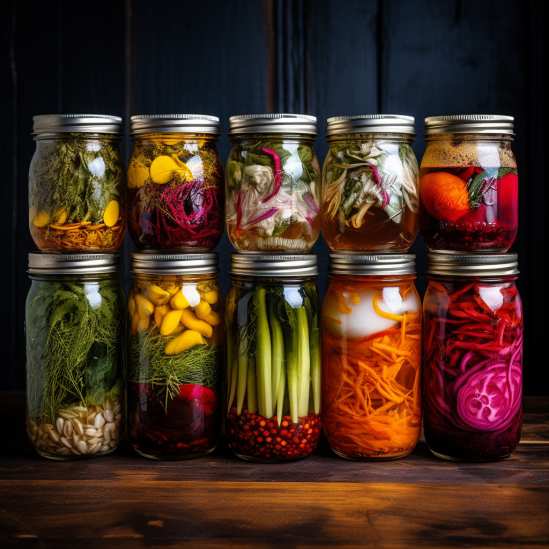
When Kisano’s Benjamin Zehr describes his hydroponic farm, he says, “The first thing that hits you is the blending blue, red, purple, pink hues of our grow lights, followed by the intense smell of freshly cut basil and culinary herbs. The hum of our motors, the gentle dripping of water, the clipping and careful tending [that] our farmhands do as part of their routine maintenance.” With his story, he’s convinced us that rooms with hydroponics are romantic spots.
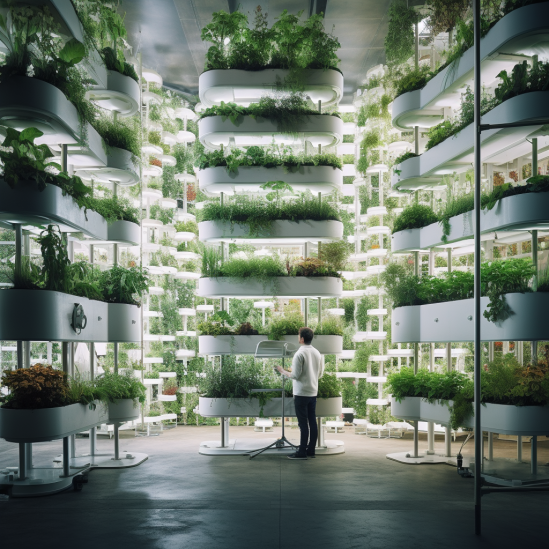
Black Baza’s Arshiya Bose works with indigenous communities who grow coffee under tree canopies in forests, in unfenced tracts of land where animals and insects roam free, and help with de-weeding and pollinating the coffee shrubs. Here wild forestlands are coffee farms, unfettered nature in symbiosis with the human cultivation of caffeine.
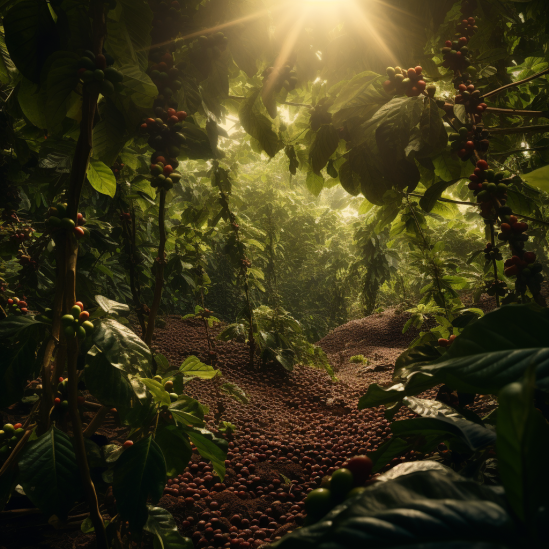
Anyone who watched the loopy, fun Julia Roberts and George Clooney rom-com Ticket To Paradise will remember this scene, where Gede, a seaweed farmer, calls his bride-to-be Lily Cotton into the water to join him in his morning harvest. She says, “I wish I went to work in a bathing suit.” To which he says, “This isn’t work. It’s a partnership… with the goddess of the sea.”
The founder of The Good Ocean, Gabriella D’Cruz, might agree with Gede.
D’Cruz doesn’t harvest seaweed from a Balinese beach surrounded by a Hollywood production crew ensuring the best frames, lighting, and angles. But this is how she describes a seaweed farm on Indian coasts. “It looks like someone’s [screen] wallpaper,”she says . “It’s so ridiculously beautiful, with these floating beach rafts.” And then, she quickly follows with her vision of future seaweed farms with ‘multi-trophic systems’, growing not just seaweed, but mussels and other shellfish, an ecosystem that makes them very appealing to even fish looking to grow their families.
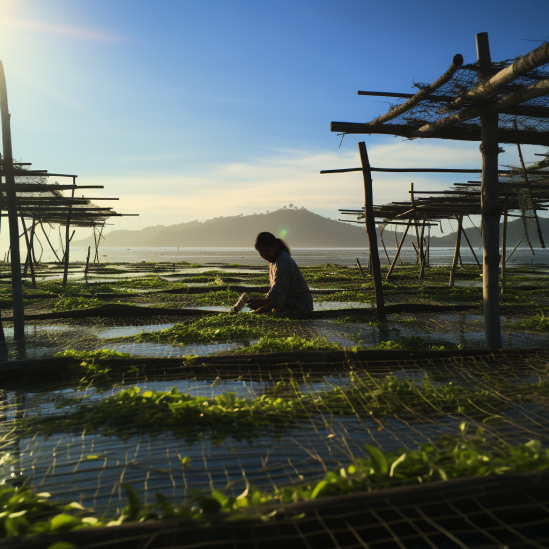
As we read these essays about farms that value such ecosystems as much as they do human needs and appetites, we find origin stories for all sorts of things that feed our bodies: leaves and lactobacillus, cascara and capsicum annum, sage and sargassum.
What they also provide, is fodder for our bucolic imaginations.

